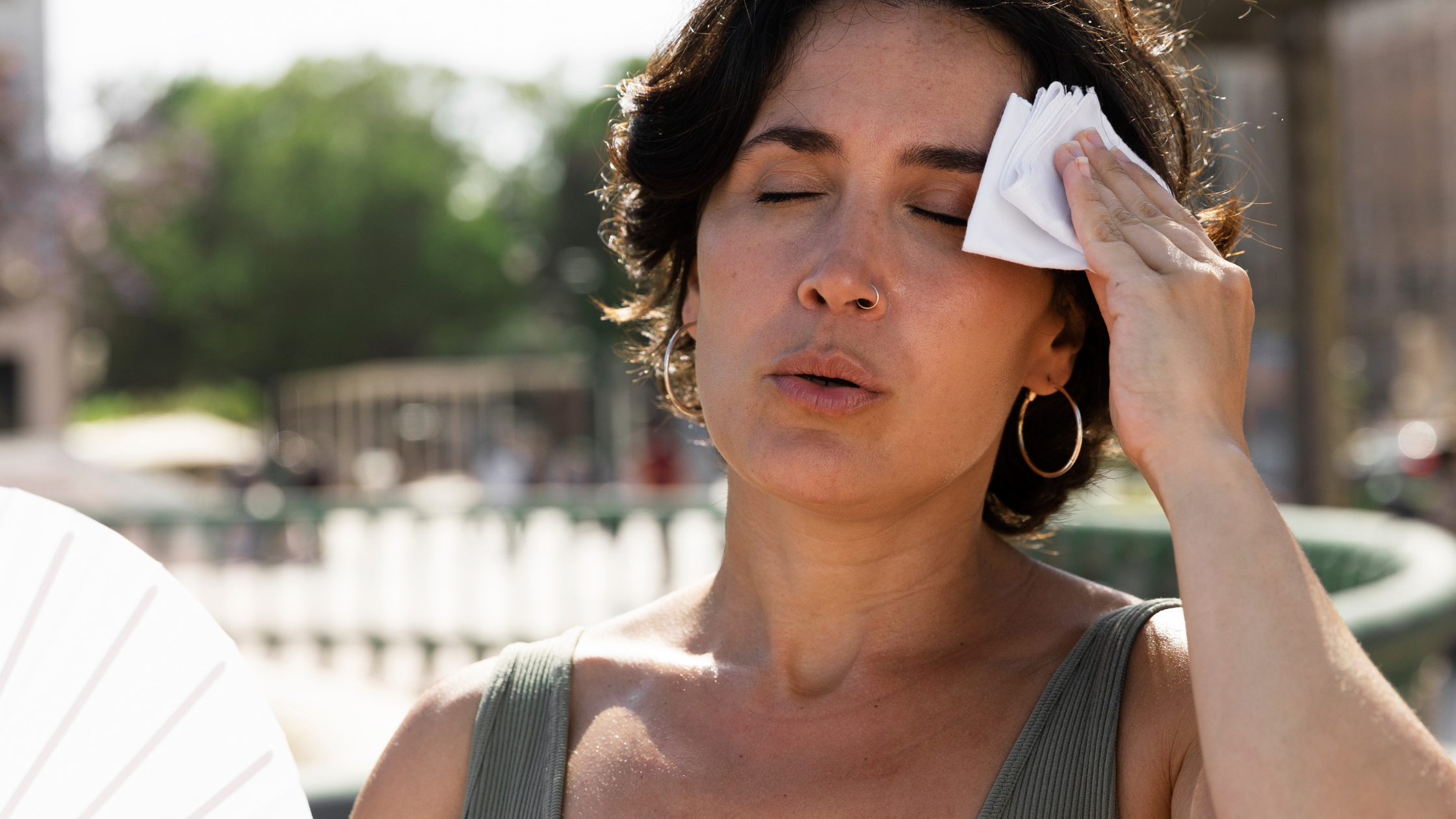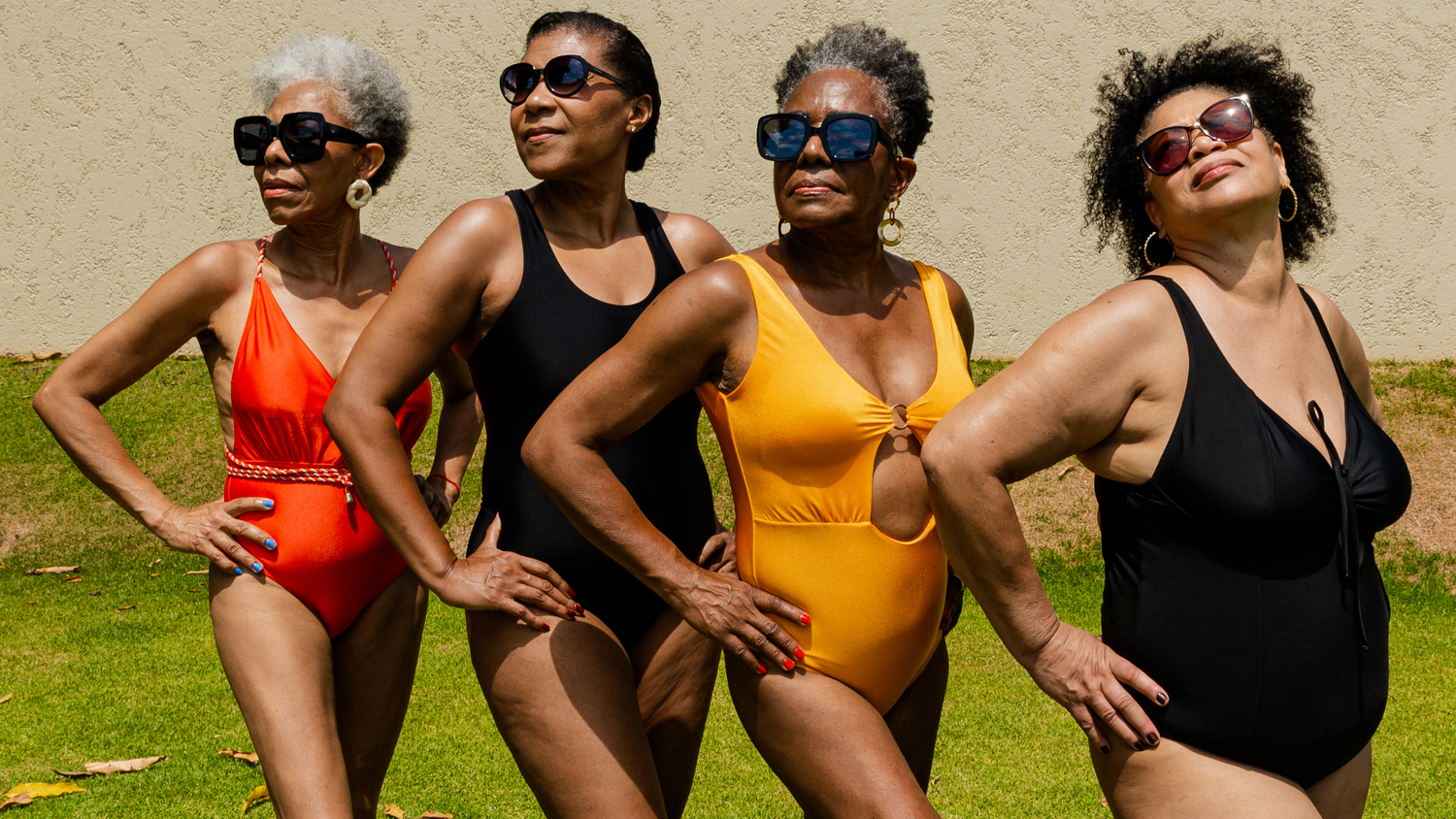You’re in the middle of a meeting, running errands, or trying to fall asleep—and suddenly, it hits.
A sudden wave of heat floods your body. Your skin gets clammy. Maybe your heart races, or your face flushes. You’re sweating—but you’re not even moving.
Welcome to the hot flash. One of the most well-known (and often misunderstood) symptoms of menopause.
While hot flashes are common, they’re not always predictable. And knowing what to expect can help you feel a little more prepared—and a lot less alone.
What Is a Hot Flash, Exactly?
A hot flash is a sudden, intense feeling of heat, often accompanied by sweating, a flushed face or chest, and sometimes chills once the heat passes.
They can last anywhere from 30 seconds to 10 minutes, and may come with:
-
A racing heart
-
Dizziness or a flushed face
-
A wave of anxiety
-
Follow-up chills or fatigue
Hot flashes are considered a vasomotor symptom—meaning they involve changes in the dilation of blood vessels. That’s why they often feel like your body temperature is spiking, even though it’s not caused by external heat.
For many women, they arrive suddenly—and sometimes, without any clear cause. Others notice specific patterns or triggers.
What Causes Hot Flashes?
During perimenopause and menopause, your body is responding to a major hormonal shift—specifically, declining levels of estrogen. These changes confuse your brain’s thermostat (aka the hypothalamus), which can mistakenly think you’re overheating.
Your body responds by opening blood vessels and activating sweat glands to cool down—even though you’re not actually hot.
This is why hot flashes feel so sudden and physical: it’s a full-body, stress-like response to a hormonal miscommunication.
Researchers still don’t fully understand why some women experience more hot flashes than others, but genetics, lifestyle, and even race/ethnicity may all play a role.
What Do They Feel Like?
Everyone’s experience is different, but hot flashes often feel like:
“A rush of heat out of nowhere. My chest and face feel on fire.”
“Sweat pours down my back, and my heart feels like it’s racing.”
“Like a panic attack and a heat wave combined.”
They might feel mild and manageable—or completely disruptive, especially when they hit during the night. Some women also feel extremely cold afterward, as their body overcorrects and tries to regulate temperature again.
How Often Do Hot Flashes Happen?
Frequency varies widely. Some women experience a couple per week. Others might have several a day.
Most women begin to experience hot flashes in perimenopause, and they can continue for several years into postmenopause. In some cases, they last 7 to 10 years or longer—but that doesn’t mean they’ll stay constant the entire time.
How to Track Hot Flashes
If you’re navigating midlife changes, tracking your symptoms can be empowering. Here’s what to pay attention to:
-
Time of day: Are they worse at night or in the morning?
-
Duration: How long do they last?
-
Intensity: Mild heat? Full-on sweat?
-
Possible triggers: Were you stressed, eating spicy food, drinking alcohol, or feeling anxious beforehand?
-
What helps: Cooling down, layering clothing, deep breathing?
Keeping a record in a notes app, journal, or menopause tracking app can help you identify patterns over time. This can be helpful for managing symptoms or sharing details with a provider.
You're Not Alone (and You're Not Overreacting)
Hot flashes are a signal—not a flaw. Your body is adjusting to a new normal, and while the process may feel disorienting, it’s also deeply natural.
More than 75% of women in perimenopause and postmenopause experience hot flashes. Just because they’re common doesn’t mean you have to ignore them—or push through without support.
With the right information and a little patience, you can feel more grounded and in control—even when your hormones are doing their own thing.





